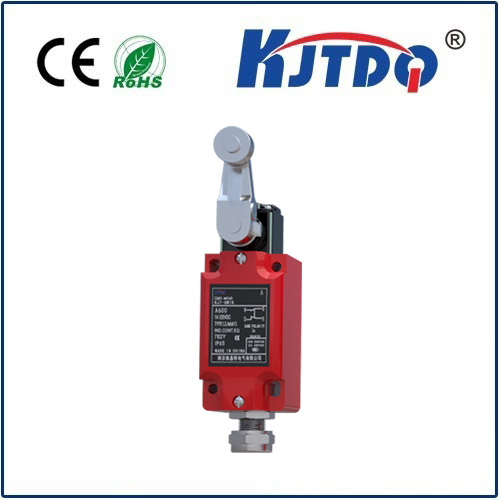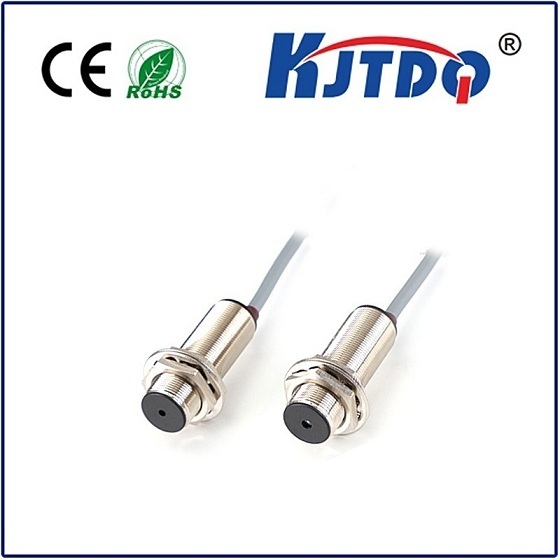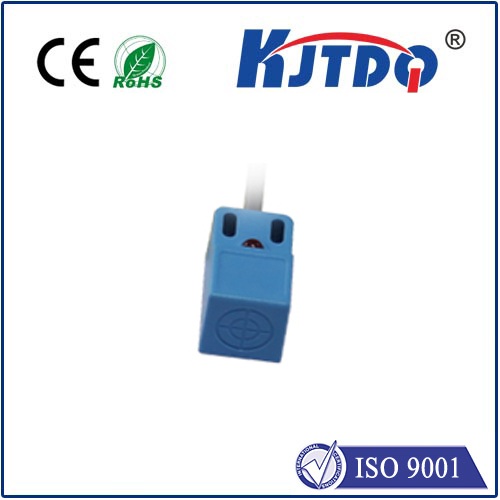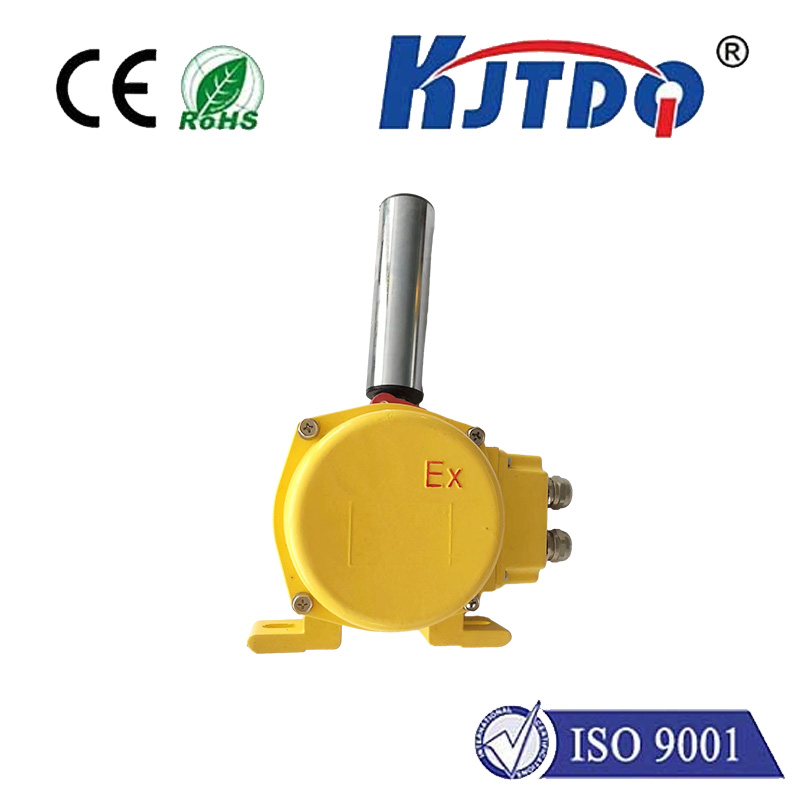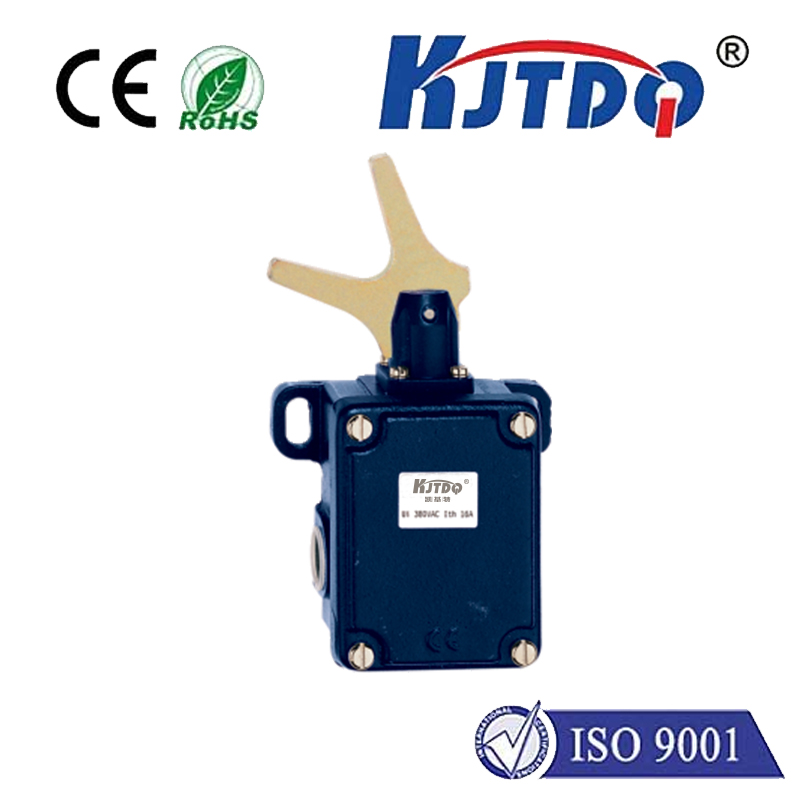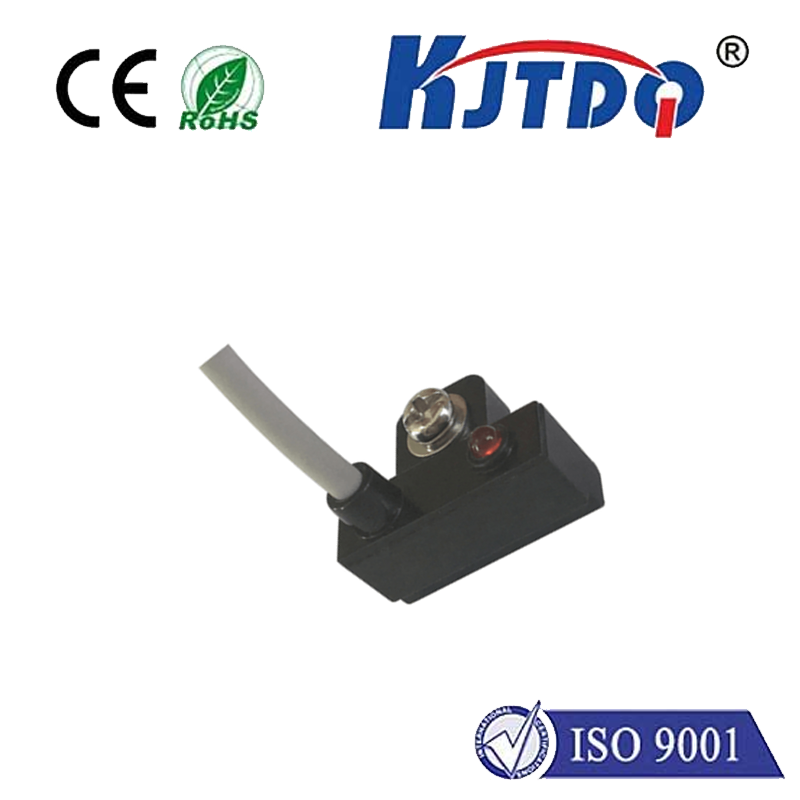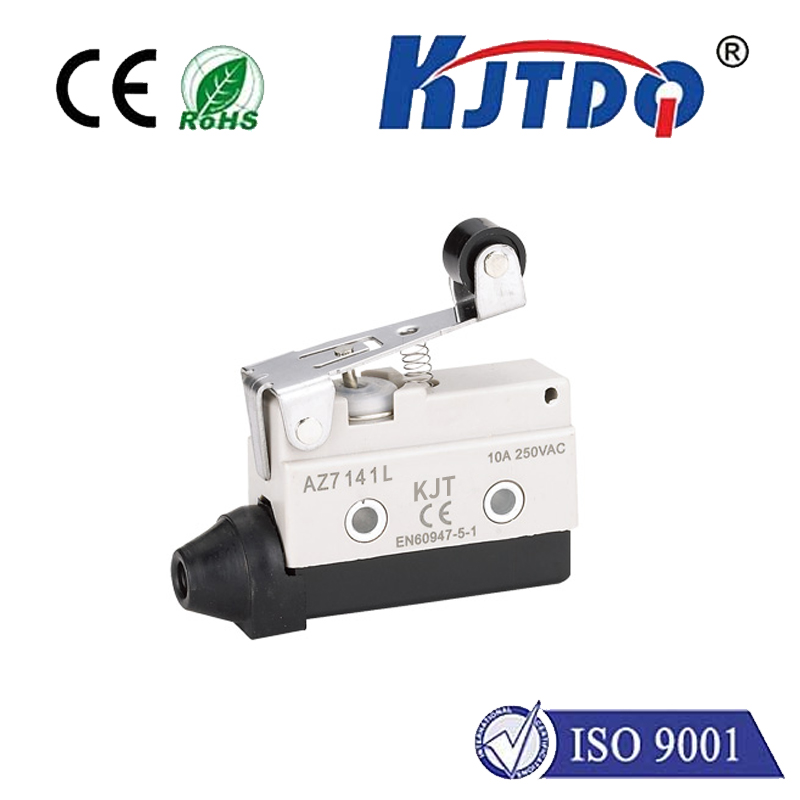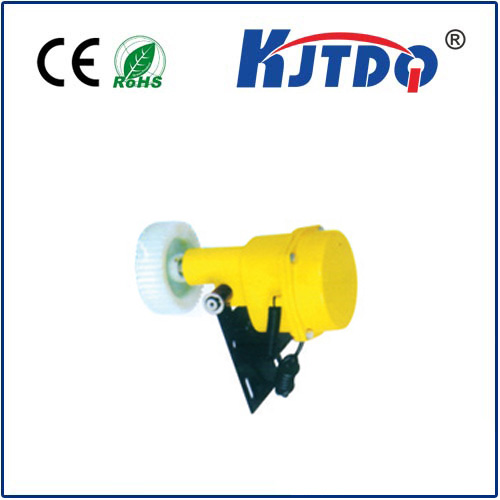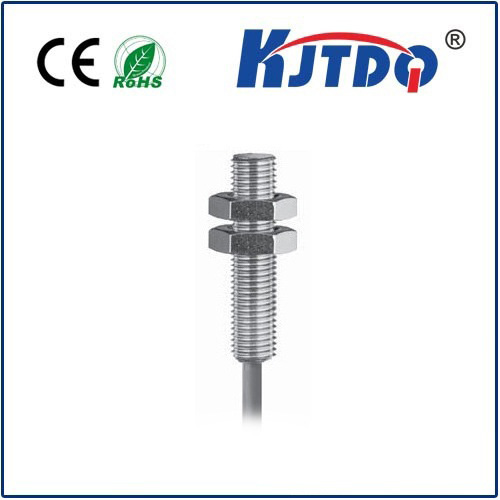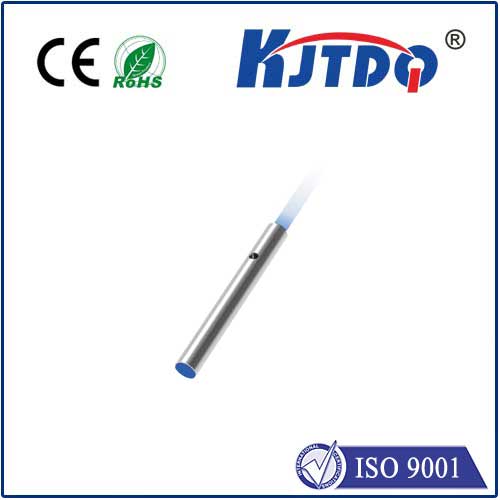underwater proximity sensor
- time:2025-06-13 02:42:43
- Click:0
Underwater Proximity Sensors: Navigating the Depths with Precision Technology
Imagine navigating through murky water where visibility is near zero, precisely maneuvering a robotic arm near a fragile coral reef, or ensuring a submersible doesn’t collide with an unseen underwater structure. This is the critical challenge solved by underwater proximity sensors. These specialized devices act as the ‘eyes’ for submerged systems, detecting objects and measuring distances in one of Earth’s most demanding environments. Understanding their function, capabilities, and diverse applications is essential for anyone involved in marine technology, underwater operations, or robotics.
Conquering the Challenges of the Aquatic Realm
Water presents unique obstacles for sensing technology that air simply doesn’t. Light attenuation rapidly diminishes the effectiveness of traditional optical methods over distance, especially in turbid (murky) water. Sound, however, travels efficiently underwater, making acoustic methods the dominant approach for most underwater proximity sensing. Yet, factors like water salinity, temperature gradients (creating thermoclines), pressure, turbulence, and suspended particles all influence sensor performance. An effective underwater proximity sensor must be engineered to overcome these physical constraints, requiring robust housings, specialized transducers, and sophisticated signal processing.
Core Technologies: How They ‘Sense’ the Depths

Underwater proximity sensors primarily leverage several key physical principles:
- Acoustic (Sonar-Based): The undisputed workhorse.
- Principle: Emits a pulse of sound (often ultrasonic) and listens for the echo returning from an object or surface. The time delay between emission and reception directly correlates to distance. Time-of-Flight (ToF) is a fundamental concept here.
- Types: Single-beam sensors provide a simple distance reading along one axis. Multibeam sensors offer wider coverage and basic profiling. Forward-Looking Sonar (FLS) provides a fan-shaped view ahead of a vehicle.
- Strengths: Long range (meters to potentially hundreds of meters), effective even in low visibility, well-established technology.
- Weaknesses: Susceptible to acoustic noise, reflections (multipath interference), bubbles, and temperature/salinity variations affecting sound speed. Resolution decreases with range. Limited in very shallow water or complex structures.
- Optical:
- Principle: Typically uses focused light sources (lasers or LEDs) and detectors. Techniques include Time-of-Flight (LiDAR-like), triangulation, or measuring the intensity of reflected light.
- Strengths: High resolution and accuracy at short ranges, very precise distance measurement, excellent in clear water, unaffected by acoustic noise.
- Weaknesses: Severely limited by water turbidity and absorption – range often only centimeters to a few meters. Performance degrades rapidly with suspended particles or biological growth (fouling). Consumes more power than basic acoustic sensors.
- Magnetic:
- Principle: Detect disturbances in the Earth’s magnetic field caused by large ferrous metal objects (ships, pipelines, submerged vehicles).
- Strengths: Passive operation (doesn’t emit signals), unaffected by visibility or acoustic conditions, good for detecting specific types of large targets.
- Weaknesses: Very short range (only meters at best), only detects ferrous metals, highly susceptible to external electromagnetic interference.
- Electric Field/Capacitive:
- Principle: Detect changes in an electric field or capacitance caused by the proximity of any object (conductive or non-conductive) within an extremely short range.
- Strengths: Simple, low-cost, very effective for near-contact detection regardless of material.
- Weaknesses: Extremely short range (millimeters to centimeters), significantly affected by water conductivity (salinity), prone to false triggers.
Where Underwater Proximity Sensors Make Waves: Key Applications
The ability to ‘sense’ proximity underwater unlocks countless applications:
- Autonomous Underwater Vehicles (AUVs) & Remotely Operated Vehicles (ROVs): Essential for obstacle avoidance, safe navigation through complex environments (wrecks, seabed structures), station-keeping near targets (docking, inspection), and altitude control above the seabed. Collision avoidance is paramount.
- Diving & Submersibles: Enhancing diver safety by warning of approaching structures or vessels (submarine obstacle avoidance sonar), assisting in navigation during low-visibility dives.
- Marine Robotics: Enables precise manipulation by underwater robotic arms (e.g., for sampling, repair, salvage), preventing accidental contact with delicate objects.
- Underwater Construction & Inspection: Maintaining safe distances during pile driving, pipe laying, or structural inspections of platforms, dams, and pipelines.
- Fisheries & Aquaculture: Monitoring nets and cages, detecting fish presence or biomass around equipment, preventing entanglement.
- Docking & Berthing Systems: Guiding vessels, submersibles, or docking arms precisely into position in harbors or submerged stations.
- Scientific Research: Deploying instruments close to specific features (hydrothermal vents, specific seafloor life) without disturbance, profiling seabed features, maintaining sensor altitude.
- Defense & Security: Mine detection (often combined with other sensors), perimeter security for underwater installations, port protection, and intelligence gathering.
Critical Performance Considerations: Choosing the Right ‘Sense’
Selecting the optimal underwater proximity sensor hinges on understanding the application’s specific demands:
- Required Range: Short-range contact sensing (< 1m)? Medium-range obstacle avoidance (1-20m)? Long-range detection?
- Environmental Conditions: Water clarity (turbidity), salinity, pressure (depth), temperature variations, presence of bubbles or strong currents, biofouling potential.
- Target Characteristics: Size, shape, material (metal, rock, biological)? Does it need to detect anything, or only specific objects?
- Accuracy & Resolution Needs: Does it require millimeter precision or is a general proximity warning sufficient?
- Update Rate: How quickly does the sensor need to provide new data? Critical for fast-moving vehicles.
- Size, Power & Cost Constraints: Sensor footprint on the vehicle/platform, available power budget, project cost limitations.
- Robustness & Reliability: Resistance to shock, vibration, pressure cycling, and long-term operation in a corrosive environment.
The Future: Sensing Deeper, Smarter, Clearer
The evolution of underwater proximity sensors is continuous:
- Sensor Fusion: Combining data from multiple sensors (e.g., acoustic rangefinder + optical camera + inertial measurement unit) using AI and advanced algorithms provides far more robust and reliable environmental awareness than any single sensor type.
- Advanced Signal Processing: Improved algorithms are better at filtering noise, handling multipath interference, and extracting more detailed information from returning signals.
- Higher Frequencies & Bandwidth: Leading to improved resolution and detail in acoustic and optical sensors, especially at shorter ranges.
- Miniaturization & Integration: Smaller, lighter sensors consume less power, enabling deployment on smaller platforms and micro-AUVs.
- AI-Powered Interpretation: Machine learning is increasingly used for automatic target recognition, classification, and predictive collision avoidance based on sensor data streams.
Mastering Submerged Awareness
Underwater proximity sensors are indispensable tools for unlocking safe, efficient, and precise operations beneath the waves. From guiding autonomous explorers through uncharted trenches to ensuring the safety of divers and enabling delicate underwater manipulations, these devices translate the unseen environment into actionable data. Choosing the right sensor technology – whether relying on the penetrating power of sound, the






